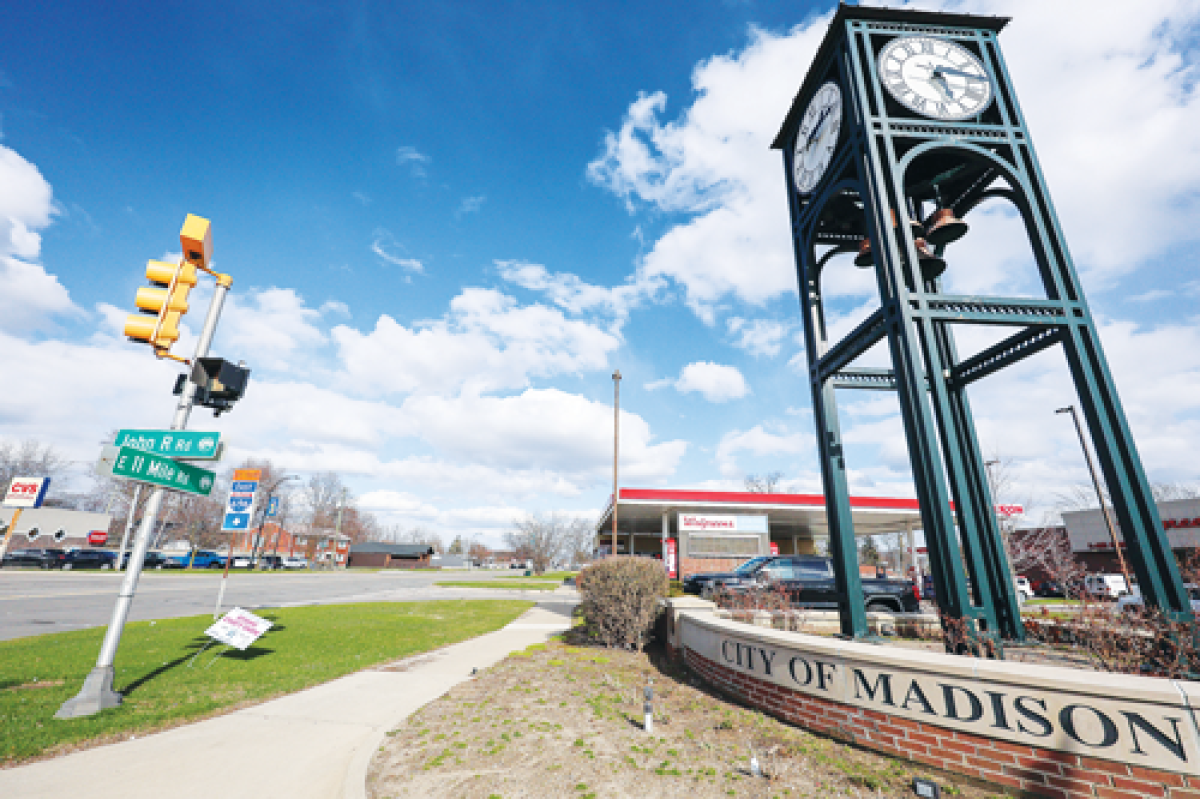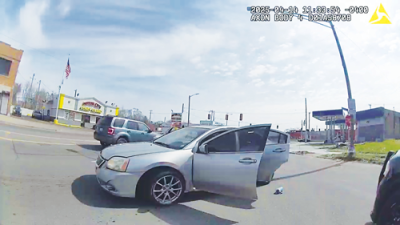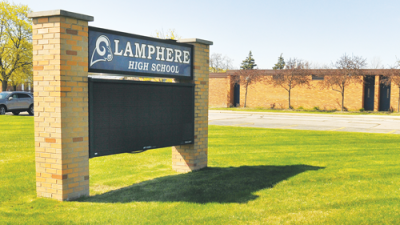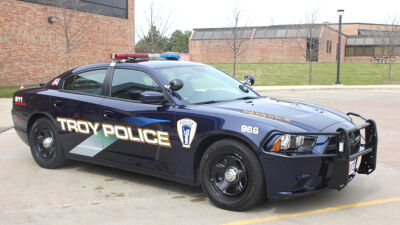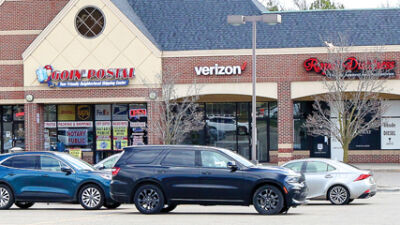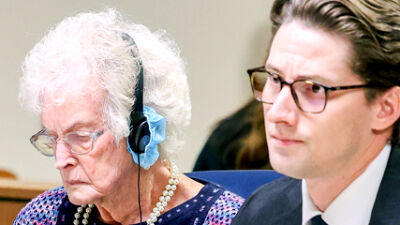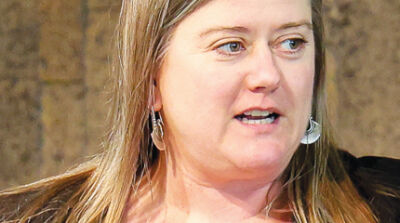MADISON HEIGHTS — Once school is out for summer, construction will start on the roadway and right of way along 11 Mile Road from John R Road to Lorenz Street, implementing changes that aim to improve safety and walkability.
The streetscape project will transition this key artery of the city from four lanes to three lanes, one of which will be a dedicated left-turn lane. City officials believe this will aid traffic flow and reduce conflicts between motorists and pedestrians.
The project will also add on-street parking, bumped-out intersections and a 10-foot-wide pathway on the north side of 11 Mile Road. Trees, landscaping, benches, bike racks and trash bins will round out the effort.
A majority of the Madison Heights City Council approved a contract to complete the project during its regular meeting March 24. The bid was awarded to DiLisio Contracting by a vote of 5-1 where Mayor Roslyn Grafstein voted “yes” alongside council members Bill Mier, Emily Rohrbach, David Soltis and Quinn Wright. The project will cost nearly $889,000, funded largely through grants.
The sole “no” vote was Mayor Pro Tem Mark Bliss. Councilmember Sean Fleming was absent.
Last year, the council voted 6-1 to accept a Main Street Oakland County Placemaking Grant for nearly $314,000, which will help fund the project, along with roughly $400,000 through the city’s Downtown Development Authority. Bliss voted “no” on accepting the county grant, as well.
As the council representative on the Planning Commission, Bliss was involved in the process from the beginning. He said he didn’t feel comfortable signing off on the plan.
“I would have liked to see a presentation at a school board meeting to solicit feedback there, since (Madison High) will be significantly impacted with this construction, as well as a town hall where residents who live in adjacent neighborhoods could give us their feedback on which concept they liked better, since they’ll be most affected by the decision,” Bliss said.
“Do our residents actually want a road diet on this stretch of 11 Mile Road? Unless we are 100% certain that they do, it’s my opinion that we should have done more outreach before choosing this concept, as it’s a big change with many ramifications,” he said. “Frankly, I don’t believe that a road diet makes sense in that location … and the timing of this is rough, with the added traffic from the I-696 construction project adding its own congestion to that route.”
Fleming, who was absent for the final vote but previously voted “yes” on accepting the grant, said that he actually would’ve voted “no” this time.
While Fleming is more optimistic about the benefits of a lane reduction, he agrees with Bliss that the public wasn’t adequately consulted.
“I think it’s important to have the public’s input for the decisions we’re making,” Fleming said. “it’s also important for residents to follow along on social media and other channels to stay abreast of what’s happening, and then to participate and give us their input. But I also understand the complexity of it all — how people are so busy, and it’s hard to keep up.”
Giles Tucker, the city’s community and economic development director, said that the lane reduction will greatly improve safety in the area.
“The project aligns with our city’s vision of fostering a more pedestrian-friendly environment while maintaining efficient traffic movement, and is our first real step in building a city downtown center,” Tucker said via email.
The exact timeline for the project is not set in stone, he said, but it’s expected to begin in June and finish by early fall. Details on the phasing, including any lane closures, will be determined at a pre-construction meeting, which will be held about three weeks prior to the start of the project.
“Studies have shown reducing excessive lane capacity while adding a center-turn lane helps lower vehicle speeds, reduce crash severity and improve pedestrian safety,” Tucker said.
He pointed to reports by the Federal Highway Administration that show overall crash reductions by up to nearly 50% on roads that converted from four lanes to three.
“The new design will minimize rear-end and left-turn collisions, while providing clearer sight lines for both drivers and pedestrians,” Tucker concluded.
Mayor Roslyn Grafstein said the streetscape project marks “an exciting step” in reimagining the city’s downtown district.
“Over the years, we’ve made steady progress toward creating a more connected, welcoming and vibrant city, and this project builds on that foundation,” Grafstein said via email. “Streetscaping isn’t just about new pavement or sidewalks; it’s about transforming how we use and experience our public spaces.”
The mayor said the project is an investment not only in infrastructure, but in shaping the identity of the city.
“By prioritizing pedestrian-friendly design, better lighting, public art and green spaces, we are showing that we value connection, safety and inclusivity. The design is intentional, meant to create a downtown that feels like the heart of the city — a place where people want to linger, meet a friend for coffee or attend a local event,” she said. “These improvements not only enhance the aesthetics, but also create a more engaging and people-friendly environment.”
 Publication select ▼
Publication select ▼